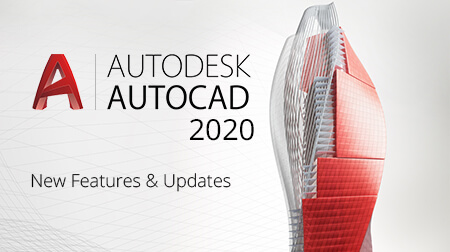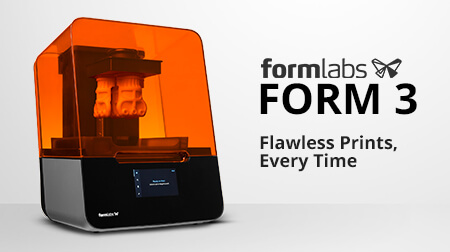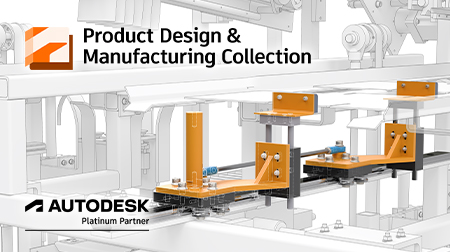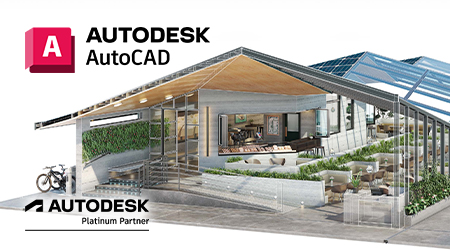
The CPE family of filaments from Ultimaker are stronger and offer greater chemical resistance than other materials. Here are three common uses.
Copolyester (CPE) is one of the many innovative 3D printer filaments available from Ultimaker, giving users another strong option when choosing which material to use for projects. Consisting of CPE and CPE+, this family of Ultimaker filaments offers a number of advantages over other alternatives.
When finished, projects using CPE filaments tend to be tougher and more resilient than those made of other materials. CPE+, in particular, offers higher levels of impact strength and temperature resistance.
Today, we'll look at three common uses for the CPE family of 3D printer filaments.
1. Chemical-resistant projects
One of the major benefits of 3D printing is the ability to identify a needed device and rapidly design and produce it. For everyday items, most standard filaments are perfectly suited to this purpose. Some circumstances, however, call for more robust materials that can stand up to aggressive environments and chemicals.
For example, a typical plastic filament would be a poor choice for printing a funnel or cap for a fuel tank. Other 3D printed items might be used in an environment where they could be exposed to corrosive chemicals, such as cleaners and solvents.
Ultimaker's CPE and CPE+ filaments boast excellent chemical resistance, making them an ideal choice for printing parts that will be in contact with harsh substances.
2. Independent manufacturing
Between online marketplaces such as Etsy and crowdfunding platforms like Kickstarter and Indiegogo, there is a growing number of product designers in need of cost-effective and high-quality manufacturing. Often, the budgets for these projects are far too small for traditional options, so 3D printing is an excellent alternative.
Unlike other 3D printing filaments, CPE offers stronger durability, making it a good selection for designers looking to provide customers with a higher-quality product. It is also available in a number of vibrant colours - including transparent options - providing an excellent appearance for completed jobs.
3. Prototyping
Creating a prototype is an essential step in product design, giving creators the opportunity to put a project through its paces and identify any potential issues. This task calls for 3D prints that roll off the machine as true to the initial design as possible.
Fortunately, CPE filaments present incredible dimensional stability - meaning printed layers retain their shape reliably both during and after the printing itself. Designers can work through multiple iterations knowing that their prints function as highly accurate prototypes with each new version.
Check out the Redstack blog for the latest news in 3D printing, and browse our online store for locally available 3D printer filaments.













